Fitness Myths About Women’s Bodies
 If you live in Sacramento, CA, you probably heard a lot of fitness myths about women’s bodies. These myths warn women about things they shouldn’t do when trying to get fit and encourage useless or even limiting behavior that takes up precious workout time. One of the most understood is spot exercises. If you want to lose weight on your thighs, based on the myth, you do endless thigh exercises. While toning your legs will make them look better, exercising those muscles won’t burn fat solely from the area. When you lose weight, you lose it from your entire body.
If you live in Sacramento, CA, you probably heard a lot of fitness myths about women’s bodies. These myths warn women about things they shouldn’t do when trying to get fit and encourage useless or even limiting behavior that takes up precious workout time. One of the most understood is spot exercises. If you want to lose weight on your thighs, based on the myth, you do endless thigh exercises. While toning your legs will make them look better, exercising those muscles won’t burn fat solely from the area. When you lose weight, you lose it from your entire body.
Women shouldn’t exercise with weights is another myth.
You might think you’ll bulk up and look like the Incredible Hulk without the green skin, but you won’t. Women’s bodies are different from men. They have different hormones. Testosterone helps build muscle tissue. Women have some, but not nearly as much as men. Instead of building big, bulky muscles, the muscles will be toned. Lifting heavier weights helps you shed pounds faster and slims you down.
Do you think running on a treadmill is as good as running outside?
You’d be wrong. It tends to be safer, but running outside provides more benefits. When you run outside, especially on an uneven terrain like a dirt path, your body burns more calories by working your core muscles to stabilize it. Even though you can change the incline on many treadmills, it doesn’t change the surface you run on. If the day is windy, you also push against the wind resistance. Finally, you run in the sun, which is beneficial for you mentally and physically.
No pain-no gain is a myth.
Another myth that’s closely related is about pain. Do you benefit from exercise if you don’t feel pain or should you stop exercising if you do? The old no pain, no gain is a myth. While you might feel a bit uncomfortable, if you have sharp pains while exercising, quit. If you’re in considerable pain following exercise, see your healthcare professional.
- It’s a myth that walking won’t provide the same benefits as running. The difference is the intensity, so you have to walk longer. Walking is a low-impact exercise that’s easier on the joints.
- It’s a myth that using an exercise machine is better than lifting free weights. Exercise machines help men maintain proper form when strength training, but not women. They’re designed around a male body. You also burn fewer calories than you do with free weights.
- It’s a myth that you should take rest days between workout sessions. If your workout is intense, do recovery exercises the next day, like swimming. If you do strength training, give the muscles you worked a rest for 48 to 72 hours.
- Another myth is that when you quit working out, your muscles change to fat. They shrink but never turn into fat. What may happen is that you gain weight and increase the fat in the area.
For more information, contact us today at Team-ISC

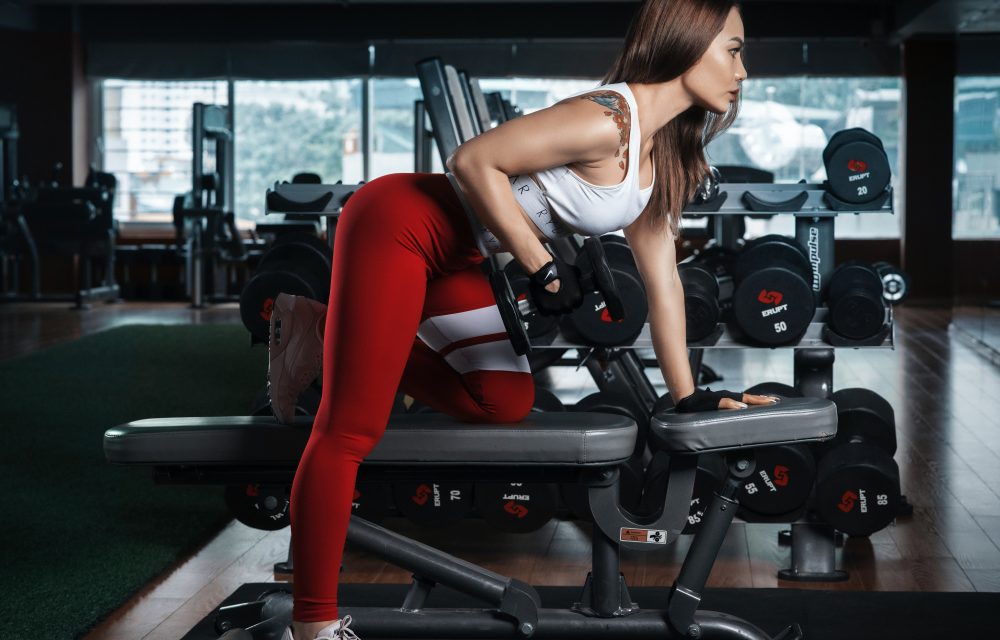
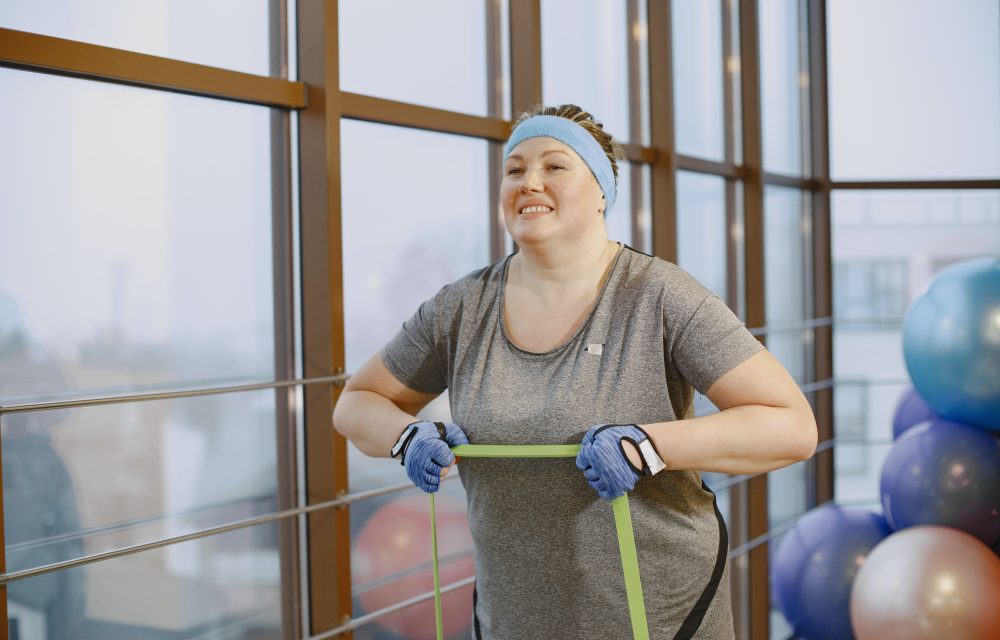
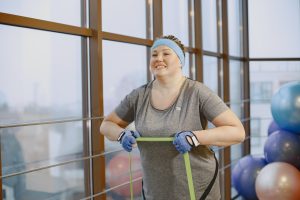 Does the thought of going to the gym terrify you? It might make you feel inadequate and unable to do the exercises properly, so you worry people will laugh at you. Along those lines, you might worry about what you’ll look like in gym clothes if you’re overweight. There are many reasons for gym anxiety. You can overcome it if you identify it and why you have it.
Does the thought of going to the gym terrify you? It might make you feel inadequate and unable to do the exercises properly, so you worry people will laugh at you. Along those lines, you might worry about what you’ll look like in gym clothes if you’re overweight. There are many reasons for gym anxiety. You can overcome it if you identify it and why you have it.
 A flat stomach doesn’t seem as important in Sacramento, CA, during the winter. However, once warm weather hits and clothing becomes more revealing, it takes a top priority. That means strengthening core muscles, particularly the external obliques, internal obliques, transversus abdominis, rectus abdominis, and pyramidalis muscles. Getting rid of belly fat is vital for other reasons. Belly fat, also known as visceral fat, is dangerous. It causes inflammation that leads to serious conditions, including diabetes.
A flat stomach doesn’t seem as important in Sacramento, CA, during the winter. However, once warm weather hits and clothing becomes more revealing, it takes a top priority. That means strengthening core muscles, particularly the external obliques, internal obliques, transversus abdominis, rectus abdominis, and pyramidalis muscles. Getting rid of belly fat is vital for other reasons. Belly fat, also known as visceral fat, is dangerous. It causes inflammation that leads to serious conditions, including diabetes.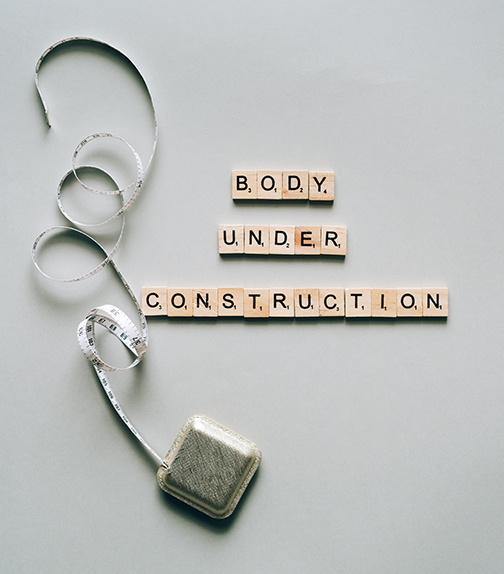
 Your project or goal for the year can include anything from finishing the family room to increasing your income. That doesn’t mean you can’t add one more. Getting fitter should be a top priority. Whether you need to improve your endurance, build strength, or improve your balance or flexibility, accomplishing your goal should be a top priority. It affects all other areas of your life. You won’t achieve your fitness life goals if you don’t have the energy or strength.
Your project or goal for the year can include anything from finishing the family room to increasing your income. That doesn’t mean you can’t add one more. Getting fitter should be a top priority. Whether you need to improve your endurance, build strength, or improve your balance or flexibility, accomplishing your goal should be a top priority. It affects all other areas of your life. You won’t achieve your fitness life goals if you don’t have the energy or strength.
 Proper form is vital when you’re exercising. It’s right up there with consistency. Your form should be perfect. Bad form can minimize benefits and cause injury. Squats are the gold standard of exercises, but to benefit, you must do them correctly. You’re working large muscle groups in your legs and core, so you boost nitric oxide intake that helps widen blood vessels and lower blood pressure. You’re also improving your functional fitness, which is critical for seniors. This exercise can improve your ability to get out of chairs, get in and out of cars, and rise after toileting.
Proper form is vital when you’re exercising. It’s right up there with consistency. Your form should be perfect. Bad form can minimize benefits and cause injury. Squats are the gold standard of exercises, but to benefit, you must do them correctly. You’re working large muscle groups in your legs and core, so you boost nitric oxide intake that helps widen blood vessels and lower blood pressure. You’re also improving your functional fitness, which is critical for seniors. This exercise can improve your ability to get out of chairs, get in and out of cars, and rise after toileting.
 It’s a good time in Sacramento, CA, to make changes that prolong your life. You can make New Year’s resolutions to do that, even if you didn’t start at the stroke of midnight. That’s because resolutions are nothing more than a goal for the coming year. Many people focus on achieving better health and building energy or losing weight. Feeling good and boosting your energy is the best place to start. That extra energy improves your physical ability to tackle other goals. You don’t have to change everything at once. You can start with one or two smaller goals.
It’s a good time in Sacramento, CA, to make changes that prolong your life. You can make New Year’s resolutions to do that, even if you didn’t start at the stroke of midnight. That’s because resolutions are nothing more than a goal for the coming year. Many people focus on achieving better health and building energy or losing weight. Feeling good and boosting your energy is the best place to start. That extra energy improves your physical ability to tackle other goals. You don’t have to change everything at once. You can start with one or two smaller goals.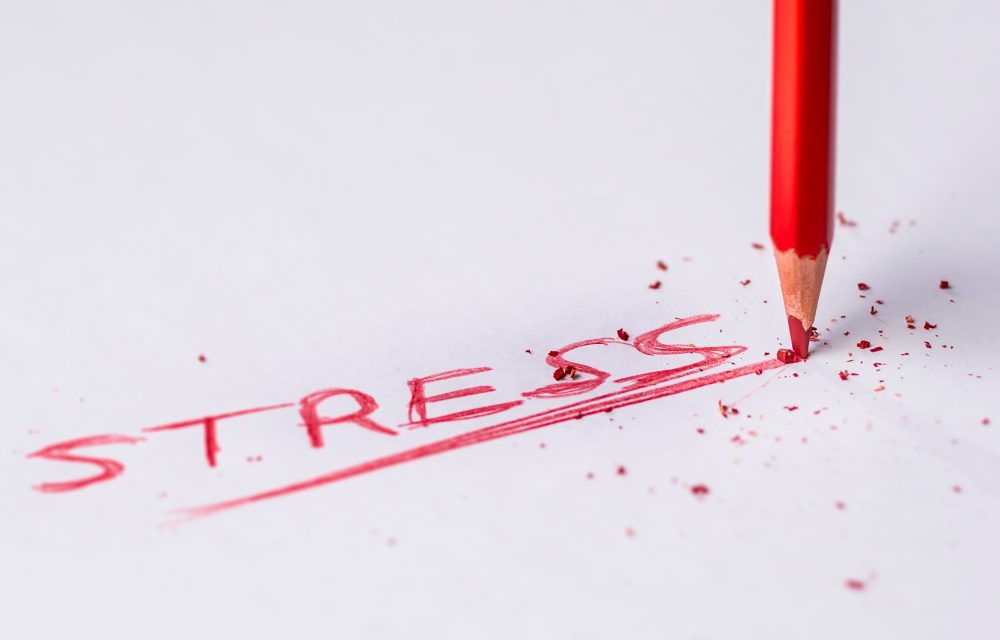
 It might be a traffic jam in Sacramento, CA, that triggered the flow of stress hormones or your boss screaming or baby crying. It might seem insignificant, but each stressful situation triggers hormones that negatively affect your health. It’s part of the fight-or-flight response that prepares you for battle or to run. If you don’t do either, it can cause your blood pressure to rise, your body to accumulate abdominal fat or a plethora of other health issues that lead to far more serious conditions.
It might be a traffic jam in Sacramento, CA, that triggered the flow of stress hormones or your boss screaming or baby crying. It might seem insignificant, but each stressful situation triggers hormones that negatively affect your health. It’s part of the fight-or-flight response that prepares you for battle or to run. If you don’t do either, it can cause your blood pressure to rise, your body to accumulate abdominal fat or a plethora of other health issues that lead to far more serious conditions.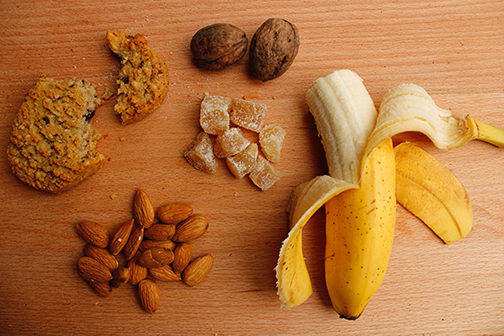
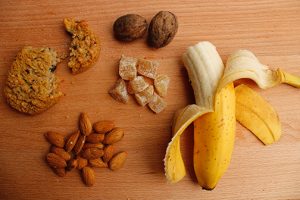 Low-carb diets are popular. However, it takes more than just counting carbs to eat healthy. Not all low-carb foods are healthy. If you utilize that type of diet, you need to include the best low-carb foods and avoid the worst ones. Your body needs carbohydrates for energy so they should be part of everyone’s diet. It’s all about making the smartest choices that provide the most nutrition yet help you maintain or lose weight.
Low-carb diets are popular. However, it takes more than just counting carbs to eat healthy. Not all low-carb foods are healthy. If you utilize that type of diet, you need to include the best low-carb foods and avoid the worst ones. Your body needs carbohydrates for energy so they should be part of everyone’s diet. It’s all about making the smartest choices that provide the most nutrition yet help you maintain or lose weight.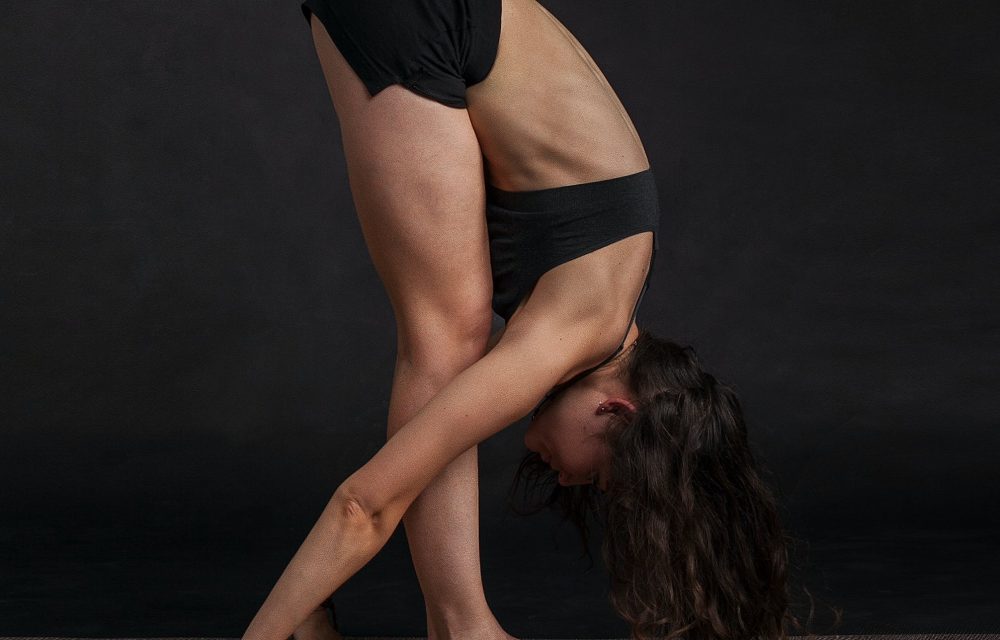
 At first, you may imagine that seniors in Sacramento, CA, are only affected by lack of flexibility and impaired mobility. That’s not true. Mobility is how easily the joints function. Flexibility is about the muscles. Flexibility is vital to everyone’s fitness, especially athletes. Lack of flexibility can cause injuries that diminish mobility. Diminished mobility can also reduce flexibility. As with most things regarding your physical health and well-being, it’s all interrelated.
At first, you may imagine that seniors in Sacramento, CA, are only affected by lack of flexibility and impaired mobility. That’s not true. Mobility is how easily the joints function. Flexibility is about the muscles. Flexibility is vital to everyone’s fitness, especially athletes. Lack of flexibility can cause injuries that diminish mobility. Diminished mobility can also reduce flexibility. As with most things regarding your physical health and well-being, it’s all interrelated.
